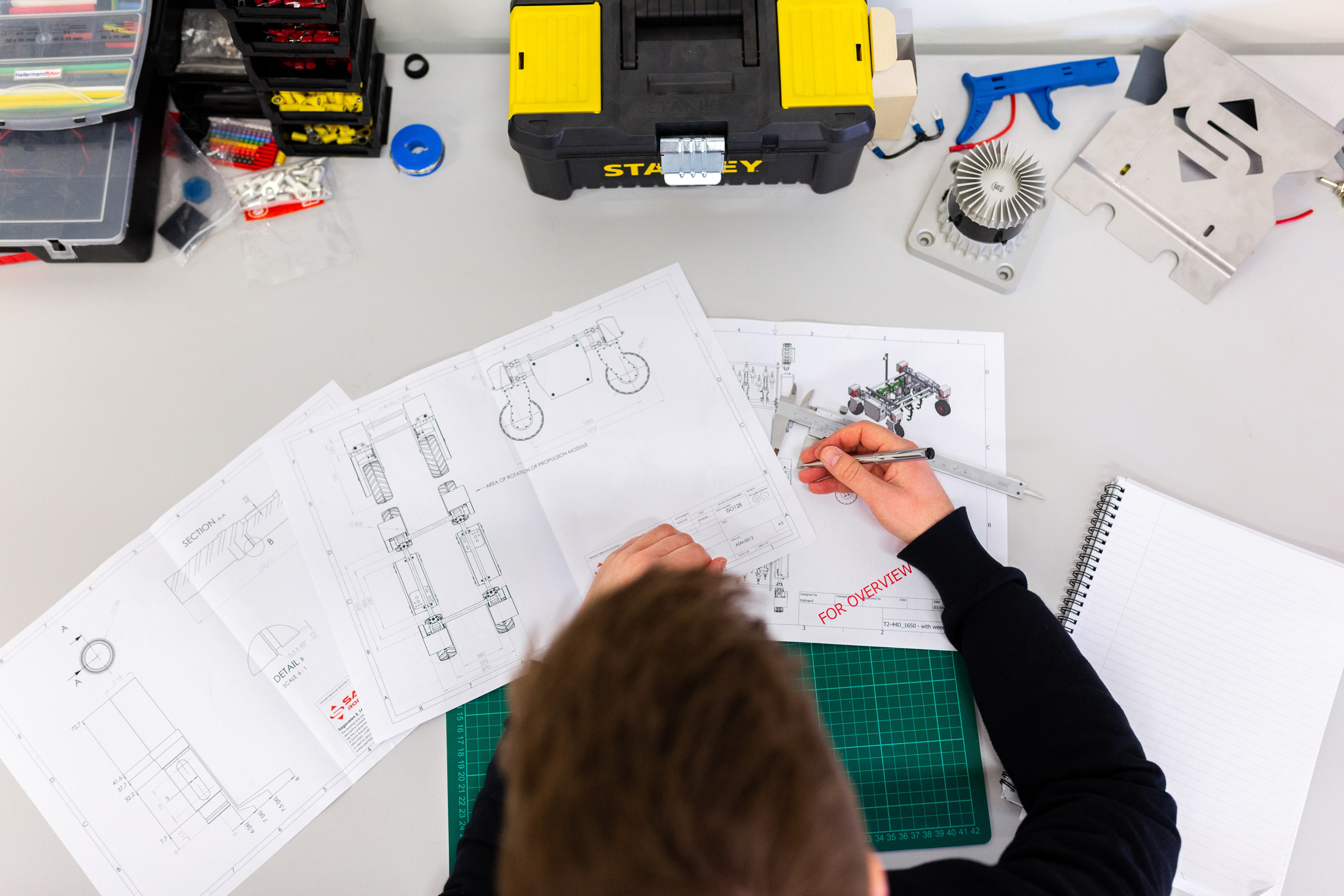Contact center call-backs are an under-used and under-appreciated technology. The basic concept has been around for decades, but only in the last few years have we learned how beneficial it can be – for both the call center and the caller. Fonolo recently wrote an article on the 5 reasons to have call-backs in your contact center. A summary of that article is below:
There are two reasons for the renewed interest in call-backs. First, adding call-backs used to require expensive, equipment-based solutions. Thus many call centers were priced-out or scared by the long deployment time. Today, call-backs are within reach for most companies either as part of a “pure cloud” solution or as a cloud-based service that works on top of legacy call center platforms. Second, call-backs are an elegant solution for moving a customer conversation between channels, which is a central and growing issue in the contact center industry.
Here are 5 reasons you should consider call-backs for your call center:
1. First Call Resolution
If you manage a contact center, it’s likely you keep a close eye on First Call Resolution (FCR). This is a metric that many consider to be critical to the operation of an efficient call center. The implications of handling every issue with one call are very powerful:
- More efficient use of agent time. (That’s the most precious commodity in a call center, after all.)
- Higher caller satisfaction. (The need to call again is top complaint from consumers.)
- Fewer inbound calls. (Freeing up resources like telco lines, IVR ports, etc.)
It’s clear now why FCR is such a highly-watched metric: a good score implies both quality and efficiency.
2. Reducing Abandonment Rate
As we all know, customers hate waiting on hold, so when the average speed to answer (ASA) gets high, abandoned calls are the inevitable result. Abandonment leads to higher repeat calling, which lowers First Call Resolution (FCR) and, of course, leads to dissatisfied customers. Many call centers find it very challenging to get abandonment rates below the 5% level.
A company can always add agents until abandonment rate shrinks down to your target level, but the budget for staffing may not allow this approach. That’s especially true if your call center has occasional volume spikes. If you staff to the peak volume, you will have a lot of excess agent capacity at other times.
One of the single best ways to reduce abandonment is to offer customers a call-back as an alternative to waiting on hold (sometimes referred to as “virtual queuing”). Call-backs also help “smooth-out” spikes in call volume by deferring calls (in a customer-friendly manner) till a time when there is excess agent capacity. In a sense, call-backs let you do a better job matching the demand for agent time with the supply agent time. That results in more efficient use of resources.
3. Smooth Multi-Channel Transitions
Call-backs are an elegant solution for multi-channel customer service, which is a central and growing issue in the contact center industry. Data shows that 88% of all organizations are already delivering a multi-channel service experience. And that’s a good thing because 77% of consumers use more than one channel when seeking service.
One of the most important aspects of switching between channels is maintaining context. Customers hate to “start over”! More advanced implementations of click-to-call are able to transfer information from a web page to the contact center agent so that customer effort is kept low.
The idea of using call-backs to escalate to voice from another channel has been around for a long time. The oldest example of this “click-to-call”, where a pop-up window or an embedded widget on a website prompts the user for his call-back number. Other advanced features include: pre-call questions (which makes the eventual conversation with the agent more efficient), real-time call progress feedback (so the customer has confidence that he’ll get the call-back) and post-call surveys. Most of the same concepts can be applied in the mobile context. Rather than adding a button or widget to the website, the company would instead add this functionality to its mobile app through custom development or (more easily) a pre-built component. Given the enormous growth in smart-phone penetration, this is an area of intense interest. Smartphone and table usage among the “Millennial” generation is staggering. A third of all smartphone users (11 million adults) check their phone within 5 minutes of waking up!
4. Shorter Handle Times
Happier callers means better calls. The most common thing callers say is that callers who can opt for a call-back rather than waiting on hold are friendlier and more agreeable than average. Anyone who has worked as an agent, or managed them, knows that it can be a stressful job. Making the calls a bit more pleasant for the agents has a positive impact on their morale and efficiency. Furthermore, data shows that having happier callers leads to a shorter average handle time, which of course, is a metric many call center managers watch closely.
5. Growing Pressure from Social Media
People have never liked waiting on hold. Study after study has shown that it is one of the most dreaded parts of the call center experience. What’s new is that social media offers a very public platform for consumers to vent their frustrations. The fact that these complaints remain part of a permanent and searchable record means they can really tarnish a company’s brand. As it turns out, one of the most common complaints on social media is about waiting on hold.
The point here is that the cost to your brand of excessive hold times has now gotten much higher. If your average speed to answer is above 30 seconds, and adding agents is not a viable option for you, call-backs are a great way to address this problem.
Outsource Consultants are call center experts with over 25 years of outsourcing industry experience that have spent thousands of hours vetting and analyzing the strengths and specializations of the industry-leading outsource call center vendors. If you’re considering call center outsourcing, simply call 888-766-4482 or request a free call center cost proposal today and we’ll help you find the solution that best fits your exact requirements.






